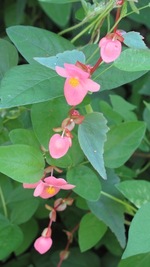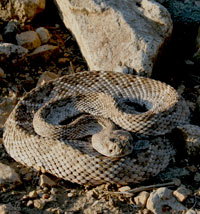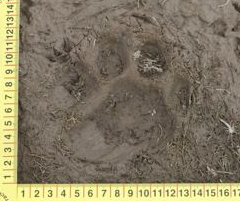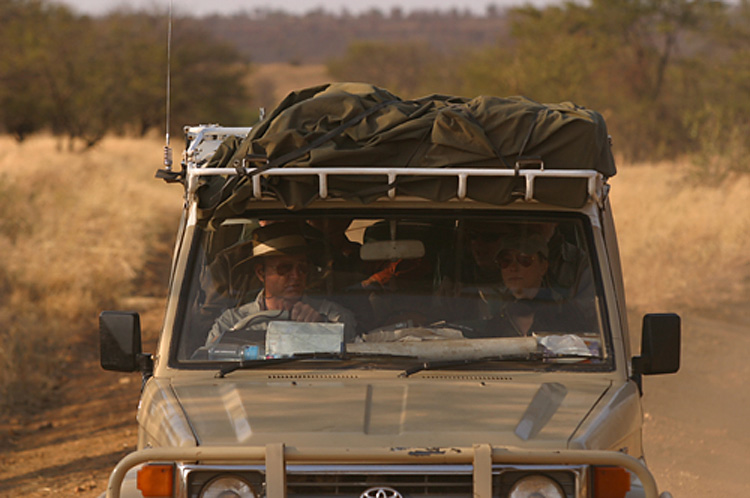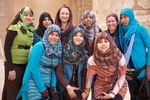 Teen girls at Karnak Temple spent 15 minutes talking with ConserVentures directors Roseann Hanson and Diane Boyer on a recent trip to Egypt.If some of our friends and family thought we were foolish for regularly traveling to Mexico, the reaction when we announced we were going to Egypt was incredulity. “Where? Are you nuts?”
Teen girls at Karnak Temple spent 15 minutes talking with ConserVentures directors Roseann Hanson and Diane Boyer on a recent trip to Egypt.If some of our friends and family thought we were foolish for regularly traveling to Mexico, the reaction when we announced we were going to Egypt was incredulity. “Where? Are you nuts?”
It didn’t help that, shortly after we left Cairo to explore the Western Desert, several Americans were detained by the army (to breathless headlines in the U.S.), and two women tourists and their guide were kidnapped in Sinai by fractious Bedouin nomads.
It developed that the detained individuals, who worked for a couple of NGOs, were allegedly misusing funds to engage in political activities, a big no-no for a tax-exempt organization, and the tourists, who were released within hours, commented on the generous hospitality shown by their kidnappers, and retained no animosity at all. Nevertheless, fears for our safety spiked.
Meanwhile, blissfully ignorant of all this, in every oasis and neighborhood we visited we were continually accosted by people who asked where we were from, and on being told “America,” grabbed us, shook our hands, and said, “Thank you so much for coming!” Some were near tears. Everywhere people shouted, “America number one!” and, “Obama!” with big thumbs-up. We lost count of the demands to have our photos taken with residents; there’s no telling how on many Facebook pages we now co-star.

